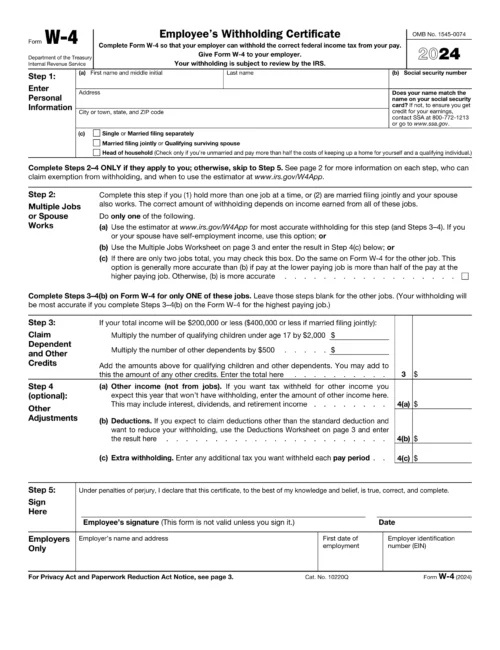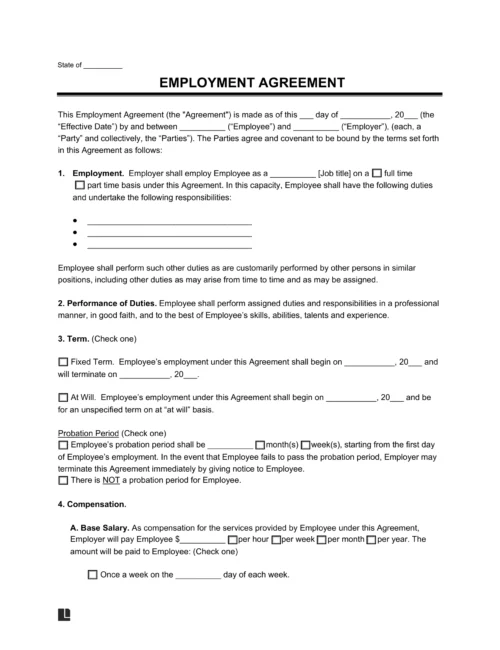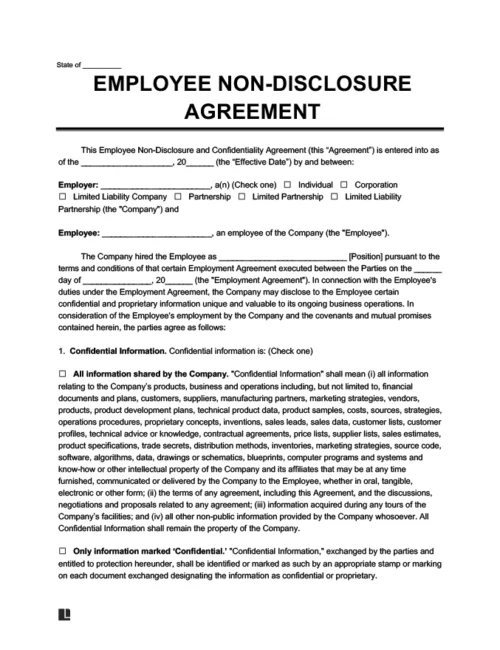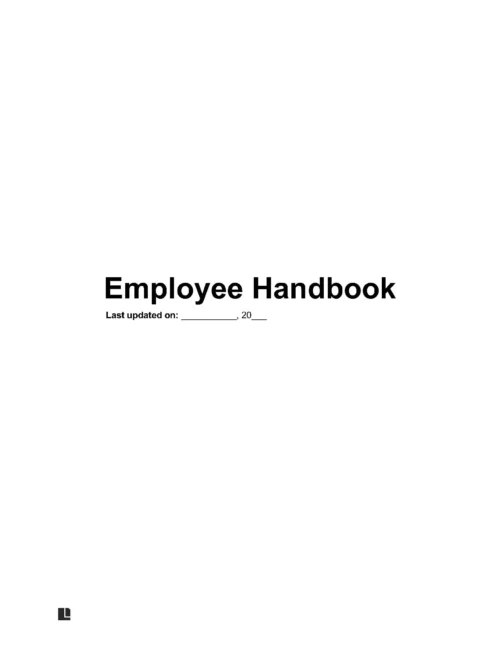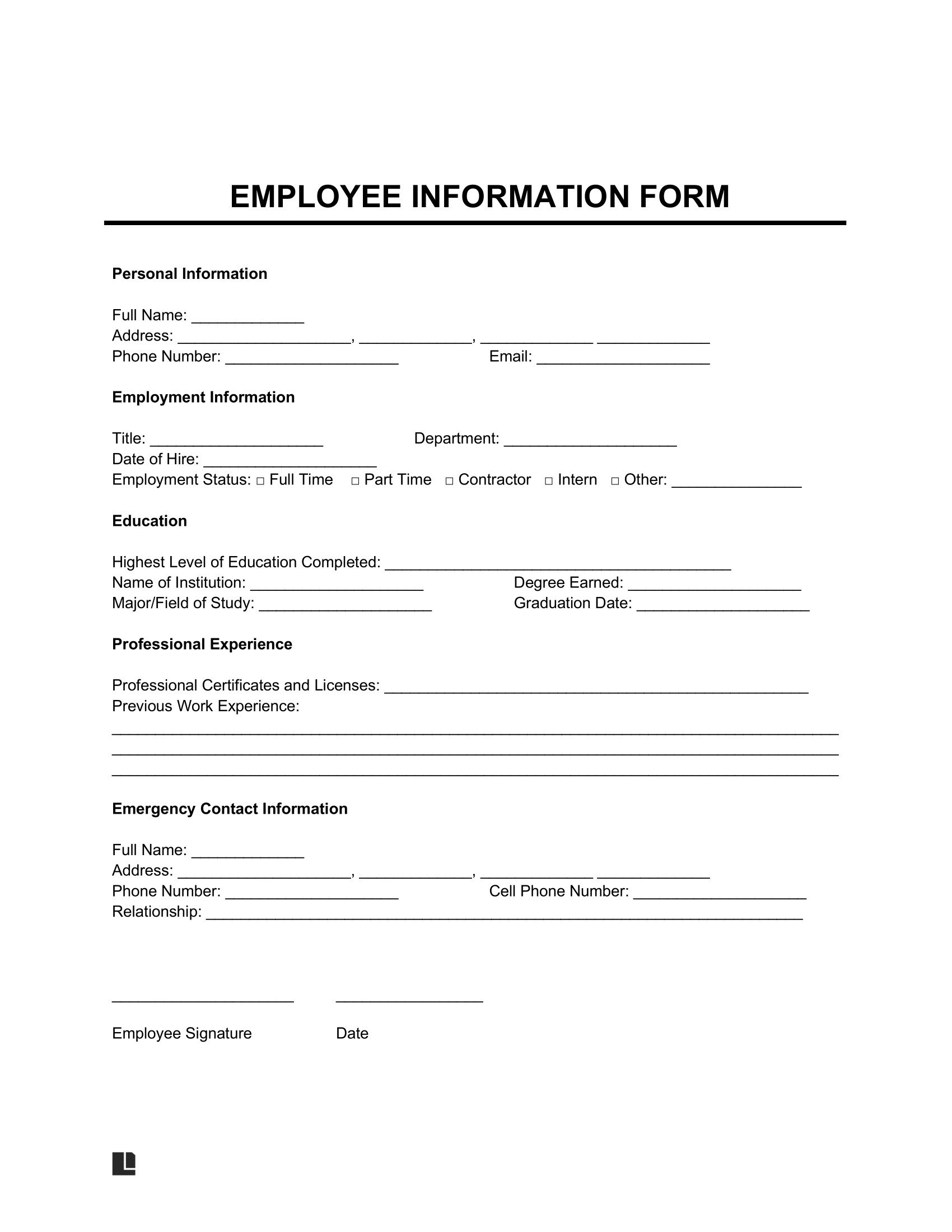What Is an Employee Information Form?
An employee information form records details about employees. It often collects their name, job information, education, and experience. HR professionals create the form and distribute it to employees to fill out. Once complete, employees return it to HR professionals, who store it for reference later.
This form is a company’s go-to record of employee data. Companies use it to stay organized, contact employees, and process payroll correctly.
It also helps companies remain in compliance with applicable laws. For example, having an employee’s job data on file helps companies ensure proper hour records under the Fair Labor Standards Act (FLSA). A staff information form also helps companies issue notices properly under the Family and Medical Leave Act (FMLA).
Importance of Getting Updated Employee Paperwork
An employee data form is an essential part of the new hire paperwork. However, it’s also helpful to seek updated information from current employees to ensure accurate recordkeeping and compliance.
How to Create an Employee Information Form
An employee information sheet helps you keep track of your employees’ data. Review the key elements to include in your form.
1. Employee’s General Information
Ask the employee for their name, email, address, and phone number. These details will help your company facilitate communication with the employee. Plus, you can centralize data for easy access and reference when needed.
2. Employment Details
Request the following information so you can record the employee’s role in the company:
- Job title
- Company department
- Status (full-time, part-time, independent contractor, intern, etc.)
- Start date
3. Education & Experience
Have the employee list the following information about their education and experience:
- Highest level of education completed
- Field of study
- Degree earned
- Name of institution
- Graduation date
- Certificates and licenses held
- Work experience, including previous titles and specific roles
This information can be helpful when planning an eventual internal transfer or promotion for an employee. You can refer to their information form to see if they meet the minimum requirements for movement within the company. Having an employee’s education on file is also helpful for roles that require licenses or certifications that must be tracked and renewed.
Implementing HR Policies
Review essential HR policies to ensure your organization approaches promotions and transfers fairly.
4. Emergency Contact Information
Collect the employee’s emergency contact information. Ask for the person’s name, address, phone number, and email address. Having a contact person on file ensures that if an emergency occurs, someone can be quickly notified to help support the employee and coordinate care.
Employee Emergency Contact Form
Consider collecting a separate employee emergency contact form. Legal Templates’s designated emergency contact form lets employees input more than one emergency contact and information about allergies and medical conditions.
Sample Employee Information Form
View a sample employee information form template to understand its format. When you’re ready, use our guided form to create your own. Download it in PDF or Word format, then print and distribute it to your employees for completion.
Other New Employee Forms
When you bring new employees on board, an employee information sheet isn’t the only form you’ll need. Consider some other new employee forms to get organized and ensure things run smoothly at your company.
Lets an employee give written permission for their employer to deposit wages directly into the employee’s bank account.



